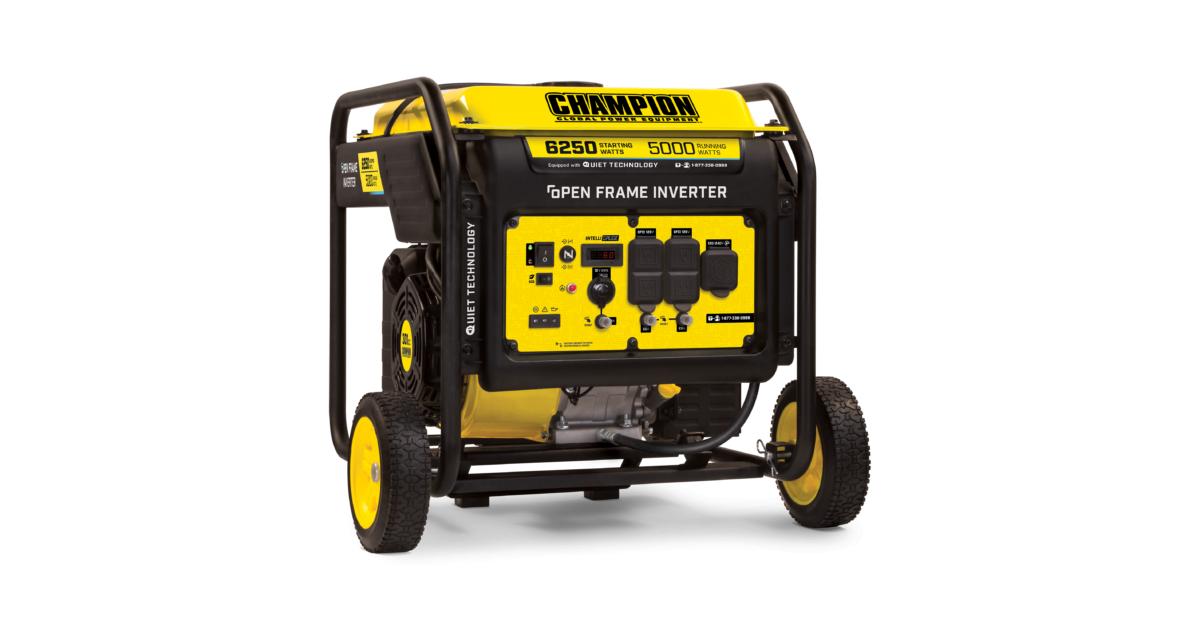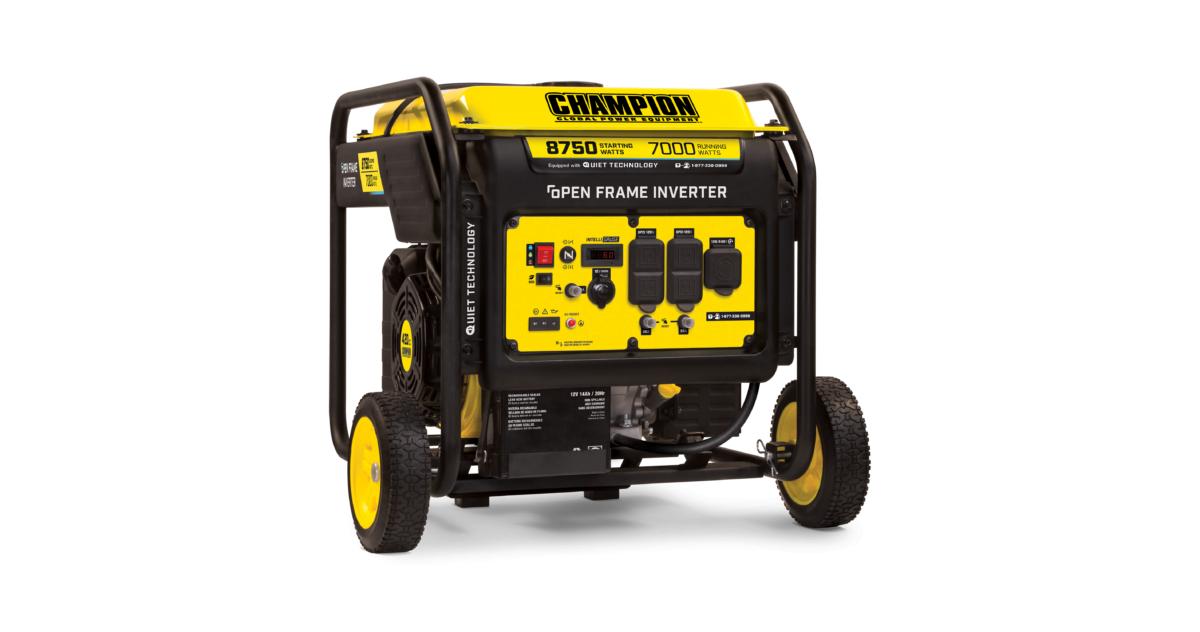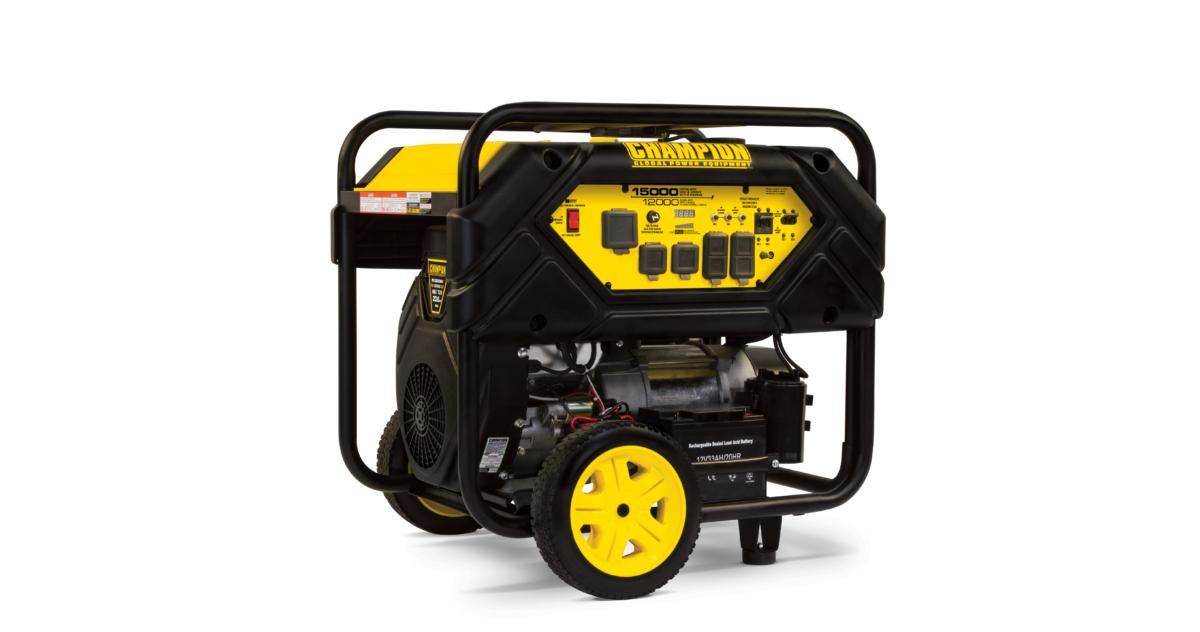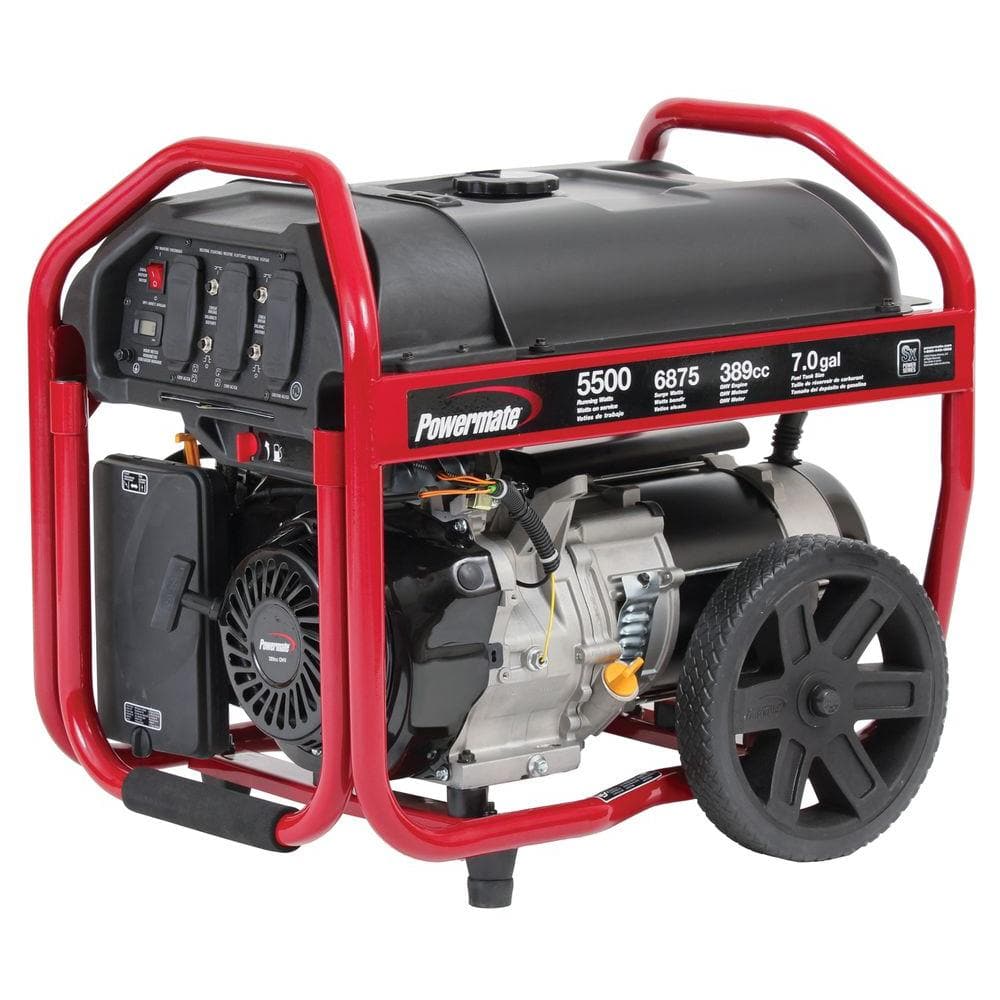In Post #6, I made the suggestion of getting a inverter generator to be used alongside the regular generator.
I'm out in the boonies here in northern Florida where the power often goes out for hours on end, not to mention the various weather events and traffic hitting a pole. Price of a generator usually doesn't include the circuitry needed for sensitive electronic equipment and is really comparable to the output: More operating Watts = more price.
A standalone generator of 5,000 Watts is not adequate to power an entire house. You may be able to power a well pump and one or two other 120V circuits, but that is it. Most generators are sized at start-up amps, not at running amps. Any AC motor is going to require more amps to start than to run.
Instead of guessing and hoping, you need to write down the amps needed to power what you want to operate during a power outage and add them up. Volts times amps gives you the Watts and then size your power generator accordingly. Either a Watt meter or amp meter will help you out here. I have a 9,000 Watt generator that I use for extended power outages, usually anything over 24 hours. Anything less, I usually just wait it out. With that 9,000 Watt generator, I power the fridge & freezer (separates) and a couple other circuits, mainly lighting. It's not large enough to power the electric stove or the heat pump because the maximum output of the 9,000 Watt generator is limited to 30 amps on a circuit.










